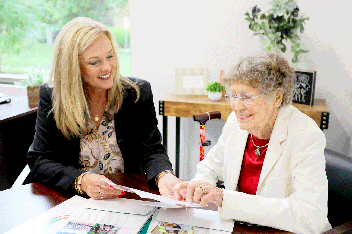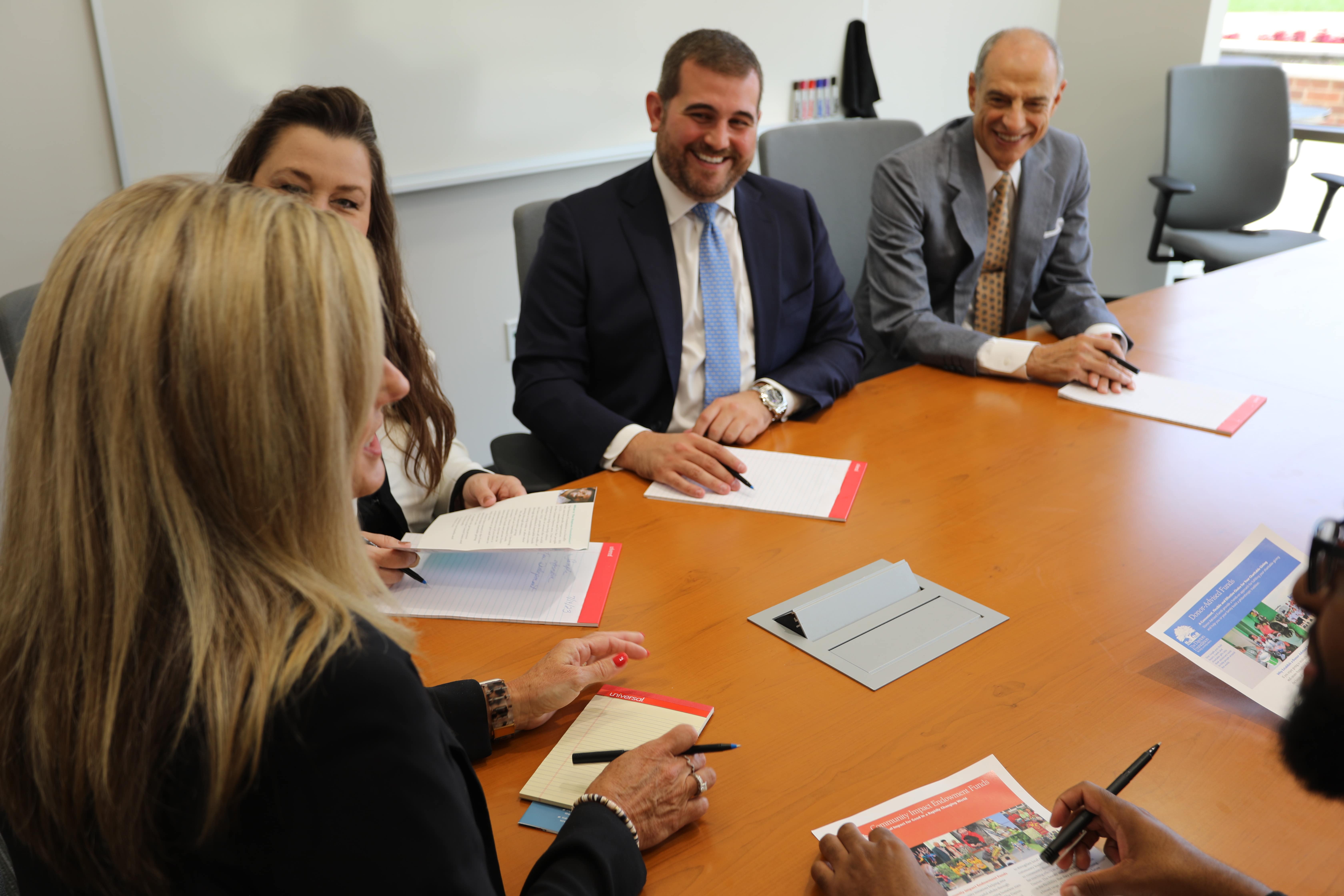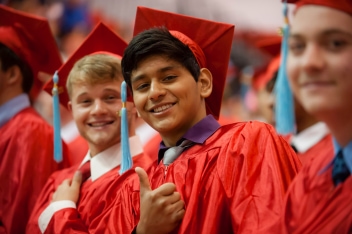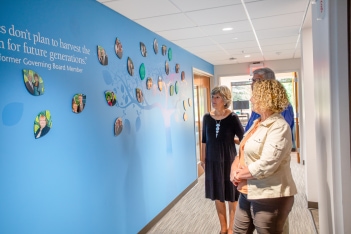With back-to-school season underway, I’d like to highlight a local educational initiative that is preparing our region – and its future workforce – for success. Learn to Earn Dayton, a supporting organization of The Dayton Foundation, has been working since 2010 to help 60 percent of local adults attain a postsecondary credential. This effort, launched as a 25-year commitment under the leadership of Dr. Tom Lasley and with the support of The Dayton Foundation, Mathile Family Foundation and other funders, has made significant headway in ensuring our children will be prepared for and have access to living wage jobs and opportunities in the future. Stacy Schweikhart, who has served as CEO of Learn to Earn Dayton since 2022 and has more than 20 years of experience in public service, discusses how making education a top priority in the coming decades is critical to our region’s long-term success.
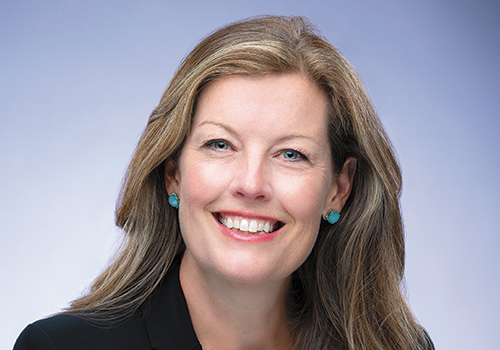
Stacy Schweikhart, CEO of Learn to Earn Dayton
What is Learn to Earn Dayton’s mission?
Stacy: Education is the key to a thriving and vibrant community. At Learn to Earn Dayton, we work to ensure all learners in the Dayton Region have the resources and opportunities that foster lifelong success and economic mobility.
To do this, we use a data-driven approach, tracking crucial predictive educational milestones that pave the way for continuing student success, such as early grade reading, eighth-grade math and postsecondary enrollment. Tracking these milestones helps to ensure students are reaching academic benchmarks – and when they’re not, Learn to Earn Dayton gathers partners and designs new approaches to address the gaps and get students back on track for success.
To see the data for student outcomes in Montgomery County and for other schools in Ohio, please visit learntoearndayton.org/data.
What do you see as the community’s greatest challenges in education? How does Learn to Earn Dayton work to meet those challenges?
Stacy: Education is not up to schools alone. The reality is that students spend more than 75 percent of their time each year outside of the classroom. Strong schools are essential, but as a community, we must do more to support our students. Learn to Earn Dayton is working to build a robust, well-connected, cross-sector pipeline that supports students in and beyond the classroom, from early childhood into their chosen career.
As a region, we must invest public, private and philanthropic resources to provide high-quality, accessible and affordable out-of-school-time programs and neighborhood-based, comprehensive, whole-family services. We must help all students realize from an early age what their natural interests and aptitudes are, and how they can participate in sequenced coursework and experiences in career pathways that lead them to high-demand, high-growth and high-wage jobs. We must ensure every classroom has a well-qualified teacher. This starts with respecting and valuing our teachers and encouraging young leaders to pursue careers in education as much as we do for other fields. We must emphasize that attending school every day is critical for both academic progress and emotional wellbeing. We must address the compounding challenges of high eviction rates, lack of safe and affordable housing, elevated crime rates and limited access to life-essential services, such as transportation, healthcare and nutrition, that many Dayton-area families impacted by poverty experience.
“Strong schools are essential, but as a community, we must do more to support our students.”
– Stacy Schweikhart, CEO of Learn to Earn Dayton
While these are complex challenges, we also should focus our attention on our community’s amazing assets. We have dedicated school leadership; strong institutions of higher education; a network of community-based nonprofit organizations; engaged families and residents; committed out-of-school time providers; local philanthropic partners and supportive government leaders. They all are committed to working together, through the coordinated approach led by Learn to Earn Dayton, to address these challenges and improve student outcomes.
How is Learn to Earn Dayton inspiring change in Greater Dayton?
Stacy: As a backbone organization, we drive change by serving as a clearinghouse for data and accessing shared data systems that track cradle-to-career milestones and relevant contributing factors to better recognize the gaps and opportunities that exist for students. This allows us to bring together cross-sector partners to collaborate, explore the best national models and design new solutions for our community. Through these partnerships, we launch pilot programs to test and track results, share them with nonprofit and government partners, and collaborate with others to envision the new policies, practices and investments needed to genuinely improve outcomes for students and families.
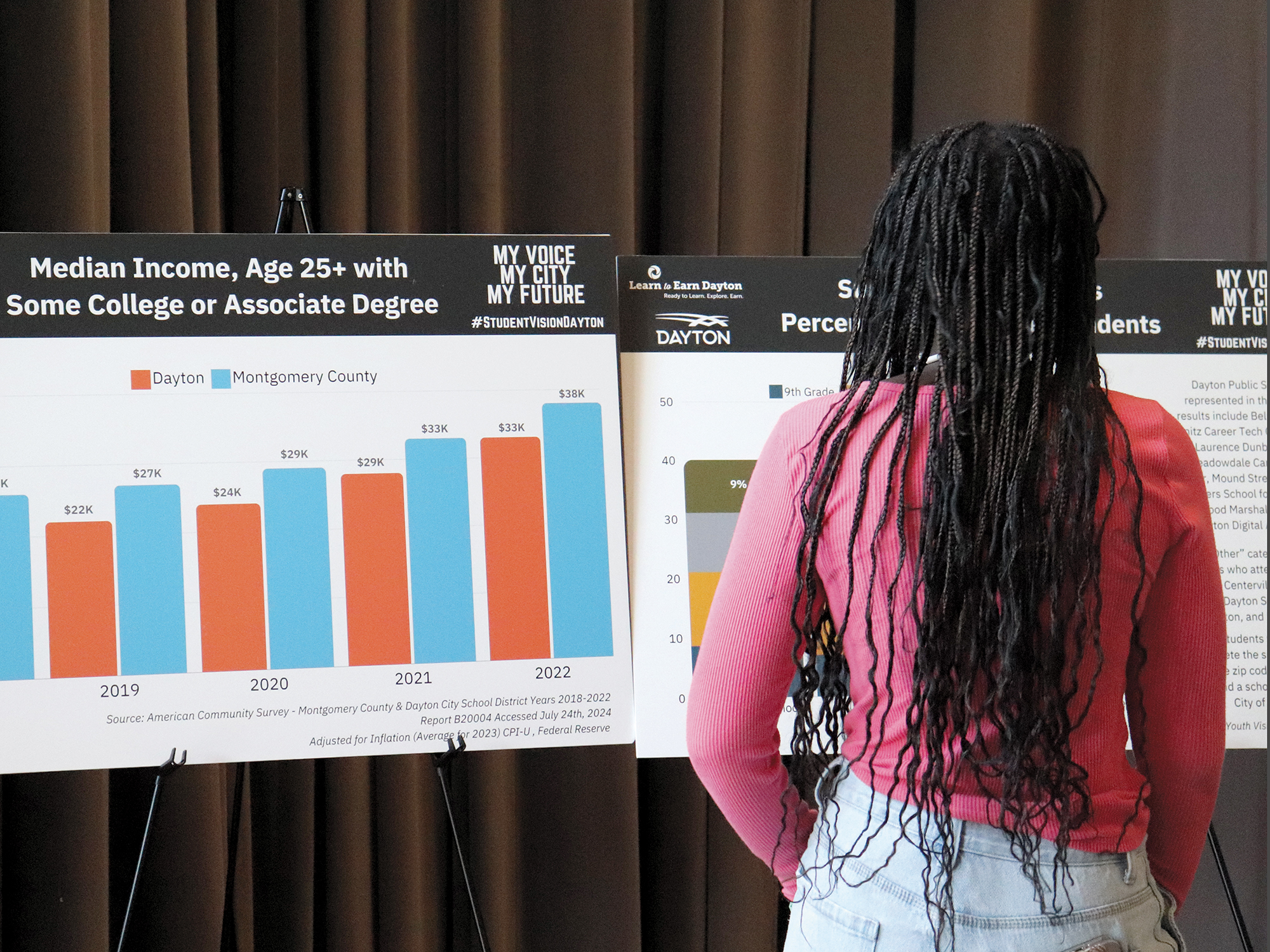
A student considers a data board at Learn to Earn Dayton's kickoff for the Student Vision initiative.
Some recent efforts include the development of a framework for enhanced career exploration for middle school students and increased access to dual enrollment and college pathways for high school students. We also have been working on a new model for high-impact tutoring to increase early grade literacy, as well as exploring opportunities for family members and local residents to learn how to more effectively engage and advocate for stronger educational outcomes.
What do you see on the horizon for education in Greater Dayton?
Stacy: Learn to Earn Dayton plans to engage students, families, school districts, industry partners, neighborhood-based community organizations and institutions of higher education to create and champion a shared vision. Collectively, we will set regional priorities and determine how we all must invest to ensure a bright future for all students by focusing on key areas, such as improved kindergarten readiness, early grade literacy, middle grade math, high school graduation and postsecondary success.
This community-wide plan will help set priorities as we work to smooth transitions across the cradle-to-career continuum and ensure all students have the resources and opportunity to succeed.
– Michael M. Parks, CFRE President


